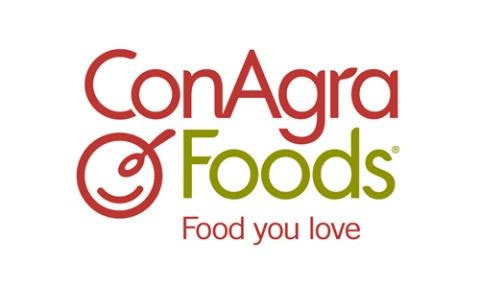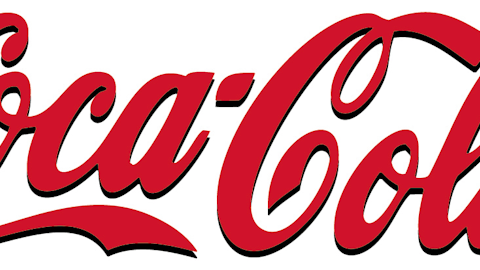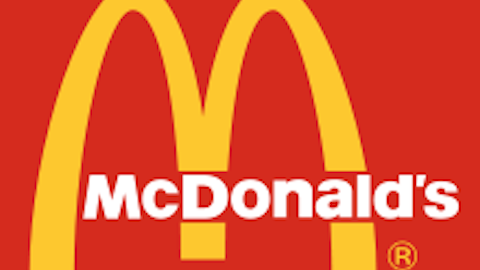A recent report from the NPD Group concerning snacking habits of U.S. consumers stated that 53 percent of American consumers snack more than once daily. The NPD Group report also related that over 90 percent of U.S. households have traditional salty snacks in their kitchen cupboards.
It’s no wonder that major consumer brand companies are focusing on those “in between” eating times, and garnering significant profits from doing so. Two of the major players throwing in their salty chips…and/or popcorn… into the snack market pot are ConAgra Foods, Inc. (NYSE:CAG) and PepsiCo, Inc. (NYSE:PEP). In addition, a company focusing on creative salt solutions for the food and beverage industry is Tate & Lyle (NASDAQOTH:TATYY).

Their Consumer Foods’ operating profit increased 12 percent as reported and 8 percent on a comparable basis. This segment posted sales of $2,423 million and operating profit of $286 million for the second quarter, while sales increased 11 percent. This reflects an 11 percent contribution from acquisitions, a 4 percent favorable price/mix, and a 4 percent organic volume decline. Sequentially, organic volume improved by a small amount on an unrounded basis.
Brands posting sales growth for the quarter included their Act II and Orville Redenbacher’s popcorn brands. In January 2013, ConAgra Foods launched a new Orville Redenbacher’s product – “Pop Crunch.” This new product is a ready-to-eat popcorn “… with a very significant crunch,” according to Mr. Gary Rodkin, CEO.
What does this mean for investors? It means ConAgra is looking to build more momentum from a core brand in 2013. They’re innovating within an already established brand portfolio. The strength of this brand has the potential to grow revenues and profits for the company.
PepsiCo, Inc. (NYSE:PEP) is tossing in their chips with their Frito-Lay brands. Frito-Lay North America is the $13 billion convenient foods business unit of the company. In October 2012, PepsiCo reported third quarter 2012 results. They grew worldwide snacks net revenue on a reported basis, and grew worldwide snacks and worldwide beverage net revenue on an organic basis.
For Frito-Lay North America (FLNA) Organic Net Revenue increased 3 percent. A 1 percent increase in volume in tandem with 2 percent effective net pricing drove this increase. The company reported that volume was negatively impacted in the quarter by a calendar shift related to the Labor Day holiday.
Reported Net Revenue grew 3 percent, and the Frito-Lay division had an Operating Profit growth of 1 percent in the quarter. This reflected higher commodity costs and a substantial increase in advertising and marketing investments (offset by effective net pricing and productivity initiatives).
What does this mean for investors? It means that PepsiCo’s Frito-Lay potato chips and other snacks are still contributing significantly to the overall revenues of the Company. Furthermore, investors should consider the productivity programs companies implement that increase efficiency and trim costs. PepsiCo has committed to a multi-year productivity program. They expected to deliver more than $1 billion in productivity savings in 2012, and expect $3 billion in savings by 2015.
Of note for investors: PepsiCo has paid consecutive quarterly cash dividends since 1965, and 2012 marked their 40th consecutive annual dividend increase.
Tate & Lyle is an international provider of ingredients and solutions to the food, beverage, and other industries. SODA-LO Salt Microspheres is the company’s salt-reducing ingredient that tastes and functions like salt. This is because it is salt. Food manufacturers, such as those above, can reduce salt levels by 25 to 50 percent in different applications without sacrificing taste with SODA-LO Salt Microspheres. The smaller, lower-density crystals efficiently deliver salty taste by maximizing surface area relative to volume.
Tate & Lyle recently issued an Interim Management Statement covering the period from Oct. 1, 2012 to Dec. 31, 2012. Within Specialty Food Ingredients, they achieved good sales growth with volume growth ahead of the wider specialty food ingredients market.
Investors should consider that Tate & Lyle is addressing consumers’ demands for healthier, lower-salt content snacks. They are marketing their SODA-LO Salt Microspheres to food manufacturing enterprises. For investors, a company staying in tune with business and consumers’ wishes is something to consider seriously.
These three companies may indeed be worth their salt to studious investors looking to earn a return from the lucrative snack food sector. Investors should consider companies that are addressing consumer concerns for healthier snacking, while not forgetting the value in their more salty core brands that propelled them to the forefront of the industry in the first place.
The article Are These Companies Worth Their Salt? originally appeared on Fool.com and is written by Michael Ugulini.
Copyright © 1995 – 2013 The Motley Fool, LLC. All rights reserved. The Motley Fool has a disclosure policy.





